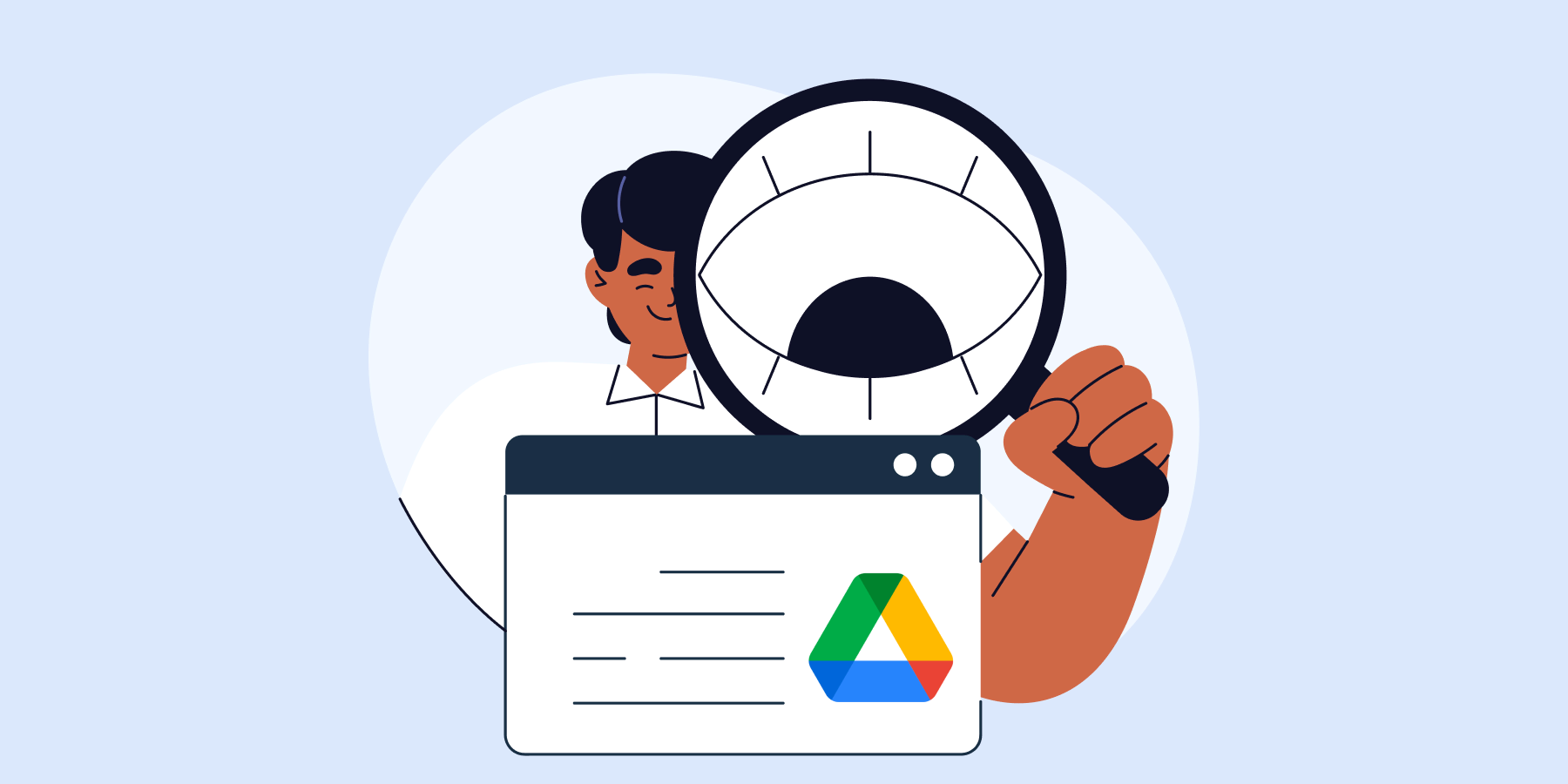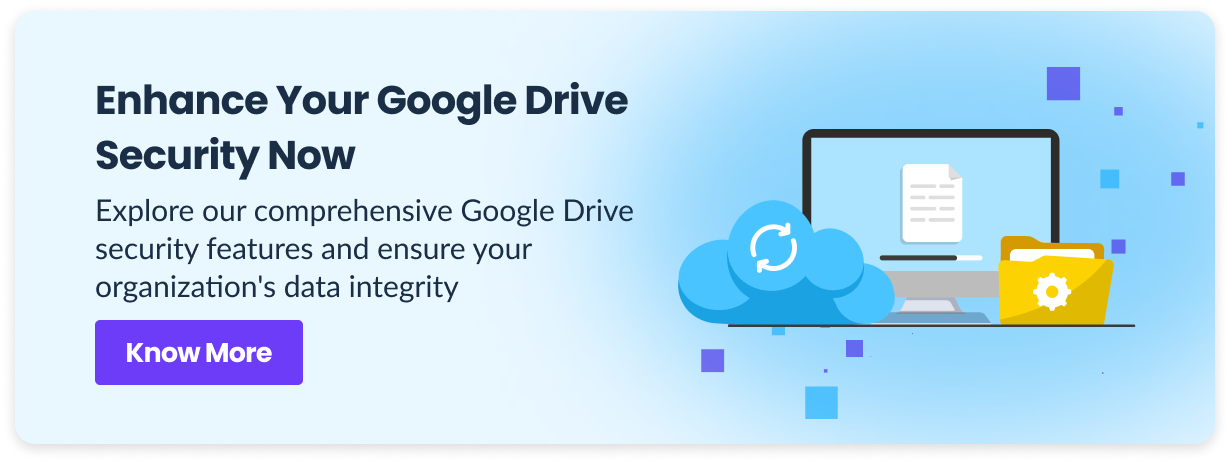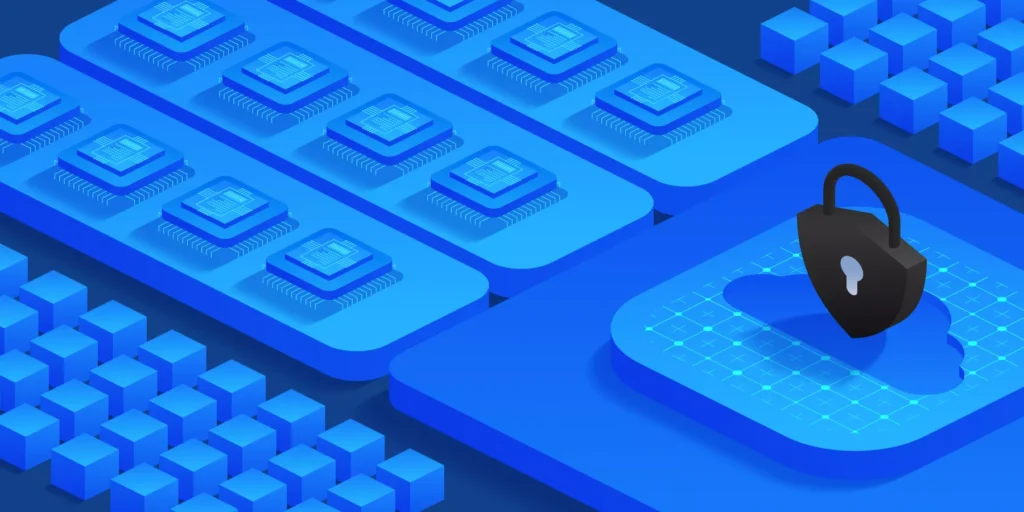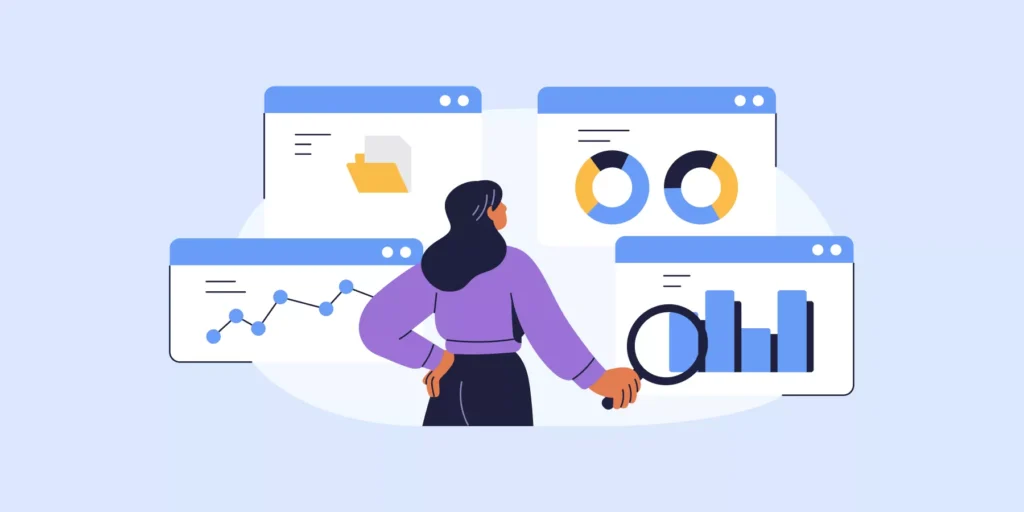Google Drive data leak prevention is a top priority for Google Workspace Admins. While Drive enables seamless collaboration, it also introduces serious risks for accidental or malicious data exposure if not properly managed. This checklist walks you through the key security practices, audit techniques, and tools needed to protect your organisation’s data and respond effectively to incidents.
Understanding Google Drive Data Leaks
A data leak refers to the unintentional release or exposure of sensitive information to an untrusted environment or party. Data leaks can involve various types of information, including personal details, financial records, or proprietary business data.
Types of Data Leaks
- ▪️ Unauthorized Access: This occurs when an external or internal user gains unauthorized access to sensitive files.
- ▪️ Accidental Sharing: A common issue where employees unknowingly share confidential information with the wrong individuals.
- ▪️ Phishing Scams: Sophisticated attacks aimed at manipulating employees into divulging secure data.
Understanding the role of people in security is vital. To illustrate, according to a study, 82% of breaches involved the human element, be it through successful phishing, misuse of credentials, or simply human error. Furthermore, 18% of data breaches were specifically due to employee error.
These statistics underscore the importance of human factors in your security strategy.
Consequences for Businesses
- ▪️ Legal repercussions include fines and sanctions.
- ▪️ Severe financial losses affect your bottom line.
- ▪️ Reputation damage can deter clients and customers.
Identifying Risks
Recognizing Suspicious Activity
- ▪️ Multiple failed login attempts.
- ▪️ Unusual downloading or uploading of large data files.
Common Internal and External Threats
- ▪️ Resentful or careless employees.
- ▪️ Cybercriminals are exploiting software vulnerabilities.
- ▪️ Third-party vendors with lax security protocols.
Google Drive Data Leak Prevention Checklist
1. Identify Risk Behaviours and File Exposure Patterns
-
▪️ Audit file sharing regularly: external shares, link-based access, or public files.
-
▪️ Track file download volume and movement.
-
▪️ Use GAT+ to generate reports on Drive activity.
2. Monitor Suspicious Login and Account Behaviour
-
▪️ Watch for multiple failed logins, access from unusual geolocations, and sign-ins from inactive users.
-
▪️ Set up real-time alerts using GAT Shield to detect abnormal login patterns.
3. Control and Review Sharing Permissions
-
▪️ Restrict file sharing outside the domain by default.
-
▪️ Disable link-sharing unless needed.
-
▪️ Use GAT+ to bulk modify sharing permissions, including scheduled or manual removal/replacement of internal and external access based on access patterns such as “last accessed” filters.
4. Enforce Two-Factor Authentication (2FA)
-
▪️ Enforce 2FA across your domain from the Admin console.
-
▪️ Use GAT Shield for continuous browser-based authentication enforcement.
5. Train Staff on Secure Drive Use
-
▪️ Run quarterly sessions on safe file sharing, phishing threats, and access controls.
-
▪️ Provide practical checklists and Drive usage policies.
6. Implement Change Control on Sensitive Files
-
▪️ Use GAT Unlock to require dual approval before changing ownership or access on confidential files.
-
▪️ Prevent silent or unauthorised transfer of critical documents.
7. Automate Onboarding/Offboarding Audits
-
▪️ Use GAT Flow to automatically remove access when employees leave and assign correct permissions on join.
-
▪️ Prevent orphaned or over-permissioned accounts.
How to Respond if a Data Leak Occurs with GAT Labs
-
Run an immediate Drive audit to identify impacted files or users.
-
Revoke external or public access using GAT+ bulk actions.
-
Trigger alert-based workflows via GAT Shield if Chrome activity is involved.
-
Document the incident, notify legal or compliance teams, and adjust access policies.
Why Continuous Monitoring Matters
Regular auditing and behaviour-based alerting are essential to catch and fix exposures early.
GAT Labs gives you the ability to:
-
✔️ See what’s being shared in and out of your domain.
-
✔️ Detect unsafe behaviours in Gmail, Drive, and Chrome.
-
✔️ Respond quickly with the right remediation actions.
Final Thoughts on Google Drive Data Leak Prevention
Google Drive data leaks are rarely caused by bad tech; they’re usually caused by human behaviour and poor visibility. As a Google Workspace Admin, your best defence is automation, monitoring, and smart access control.
By following the checklist above and deploying GAT Labs tools, you’ll drastically reduce exposure risks and stay ahead of compliance and audit challenges.
Insights That Matter. In Your Inbox.
Join our newsletter for practical tips on managing, securing, and getting the most out of Google Workspace, designed with Admins and IT teams in mind.








